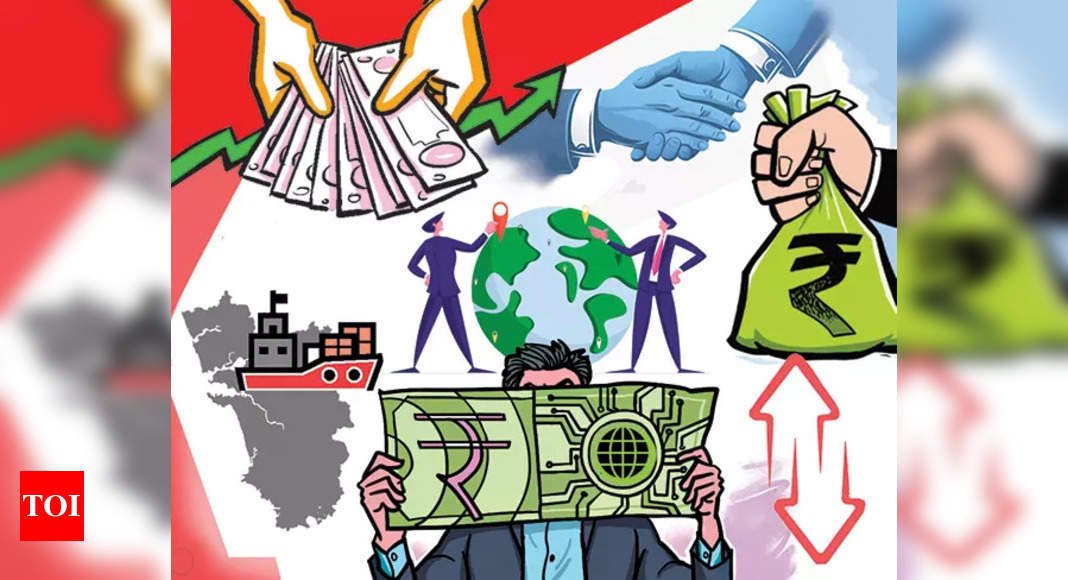The Reserve Bank of India (RBI) reduced its key policy rate for the second straight meeting on Wednesday and also changed its monetary policy stance to “accommodative,” as it seeks to boost the slowing economy in the face of fresh U.S. tariffs.
At the first policy meeting of the financial year, the committee governed by Sanjay Malhotra unanimously decided to cut the policy repo rate by 25 basis points to 6%, with immediate effect.
India became the second central bank after the Reserve Bank of New Zealand to cut interest rates since the wide-ranging levies were announced.
The bank had previously cut its policy rate by 25 basis points in February, which was the first reduction since May 2020. On Wednesday, the committee also decided to change the stance from “neutral” to “accommodative.”
“However, it noted that the rapidly evolving situation requires continuous monitoring and assessment of the economic outlook,” the bank said.
Policymakers observed that the recent trade tariff-related measures exacerbated uncertainties clouding the economic outlook across regions and pose new headwinds for global growth and inflation.
The 26% tariffs announced by the U.S. on imports from India have exacerbated uncertainties, but quantifying the impact on growth is difficult, Malhotra said in his statement.
“Growth is improving after a weak performance in the first half of the financial year 2024-2025, although it still remains lower than what we aspire for,” he said, adding that the inflation outlook is benign.
The change in the policy stance means the MPC (monetary policy committee) is considering only two options, either the status quo or a rate cut, and the stance does not directly link to liquidity conditions, he said.
“We note the increasing global turmoil and its spillovers to the Indian growth slowdown will necessitate the MPC for deeper rate cuts,” said Upasna Bhardwaj, chief economist at Kotak Mahindra Bank.
“We see scope for an additional 75-100 bps of rate cuts in the year ahead, depending on the scale of global slowdown,” she said.
Growth, inflation forecasts cut
The RBI now estimates growth at 6.5%, slightly lower than its earlier estimate of 6.7%. It sees inflation at 4% compared to 4.2% earlier.
“In such challenging global economic conditions, the benign inflation and moderate growth outlook demands that the MPC continues to support growth,” the committee said in its written statement.
India’s benchmark 10-year bond yield was marginally lower at 6.50% after the announcement, against 6.51% before, while the rupee changed slightly to 86.57. The benchmark equity indexes extended their losses and were down around 0.6% each.
Economists estimated growth in the world’s fifth-largest economy could be hit by 20-40 basis points in the current fiscal year due to the direct and indirect fallout of higher tariffs.
“We see growth undershooting the RBI’s estimates and expect it to be 6.3% for the fiscal year 2026,” Sakshi Gupta, principal economist at HDFC Bank, said.
Rupee weakens
In an accompanying monetary policy report, the central bank said that rising trade protectionism and the threat of currency wars could put further pressure on the rupee.
If the rupee depreciates by 5% over its current assumption of 86 per U.S. dollar, inflation could rise by around 35 bps while growth could benefit by around 25 bps through the trade channel as exports become more competitive, the report said.






